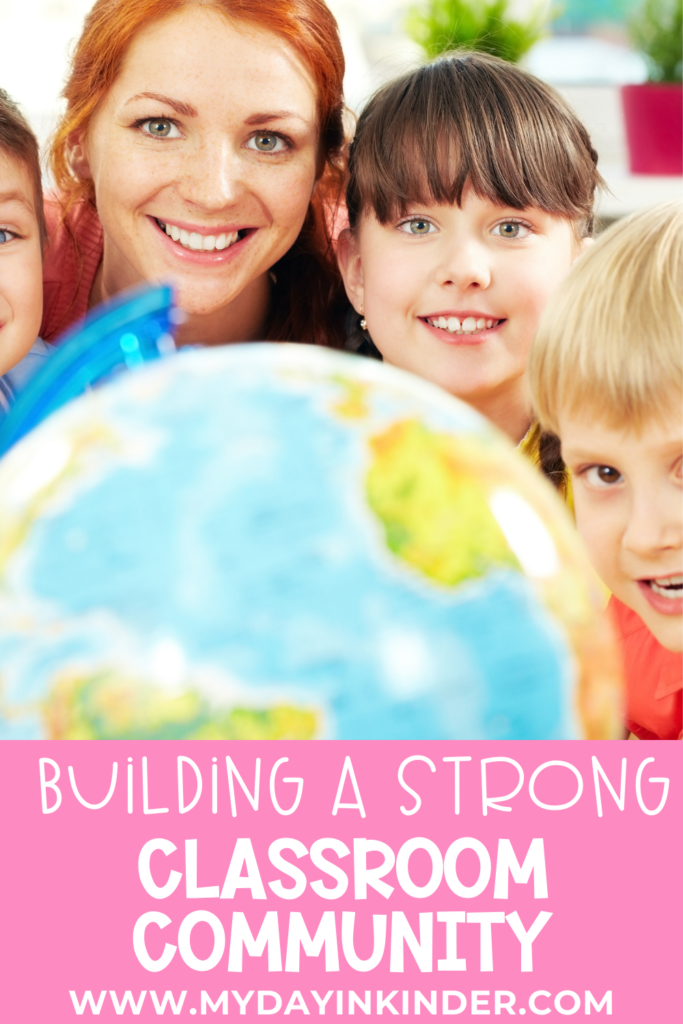Building a Classroom Community

What is a Classroom Community?
Creating a ‘classroom community’ has been a big buzz word in recent years. What is a classroom community? A classroom community is formed when students come together as a class to work towards the common goal of learning. A classroom community helps students feel valued and connected to the teacher and other students in the class.
Why is Having a Classroom Community Important?
When students feel safe, valued, and respected in the classroom, they are more invested in their work. Not feeling valued or respected is harmful to a student’s self-esteem and belief about their place in the classroom. Feeling out of place can negatively impact a student’s focus, grit, and perseverance.
So, a positive classroom community that makes each student feel welcome and secure is a positive learning environment. Positive learning environments inspire growth in our students, and that is something to be strived for!

Classroom Community Tips
How exactly do we create a classroom community? The tips below are some of my favorites!
Budget time for students to get to know each other early in the year.
A strong, respectful classroom community means that all students understand each other. As teachers, we create the space for this to happen! Budget time for students to share about their summers, their families, where their names come from, and more during the beginning of the year. The more students understand each other, the more respect and patience they will face each other with during the moments when you are not there to moderate behavior.
Represent all students in your classroom materials.
This includes the types of students present in your classroom, and the ones who are not. Your classroom library needs to provide ‘mirrors and windows’ for all students. Mirrors to see themselves represented in the text, and windows to see into the lives of others. This includes books that celebrate different holidays and customs, books that focus on students of all skin types and abilities, etc.
In addition to diversifying the text in your classroom library, it’s also important to stock your room with supplies that represent all students! Crayons and construction paper should have a variety of skin tones available for art projects. Math problems should focus on names and topics from a variety of cultures. Strive for each student in your room to see themselves represented in your room, without having to look too hard.
Teach respectful routines.
Many classroom community behaviors are not inherent-especially in kindergarten. During the first weeks of the year, plan to teach students how to listen when others are talking, how to respond when someone makes a mistake, and how to cheer someone on when they achieve something great. Each of your kindergarteners is kind and thoughtful, and if you foster this part of their personalities, they will learn to take care of each other!
Join the First 25 Days of K
Are you looking for more ideas on how to set up your room this year? The First 25 Days of K course is opening for enrollment! Join the waitlist now to get notifications when the course is open again. The First 25 Days of K is a course designed to support kindergarten teachers through the first 25 days of the year. These days are the most critical! The course covers all of the classroom set-up and management tips you need to have a great back to school season! SIGN UP HERE.
Join me for a FREE Live Webinar: Three Ways to Ditch Back to School Stress
We will be talking about ways to build your classroom community and so much more!
Click HERE to save your seat!

